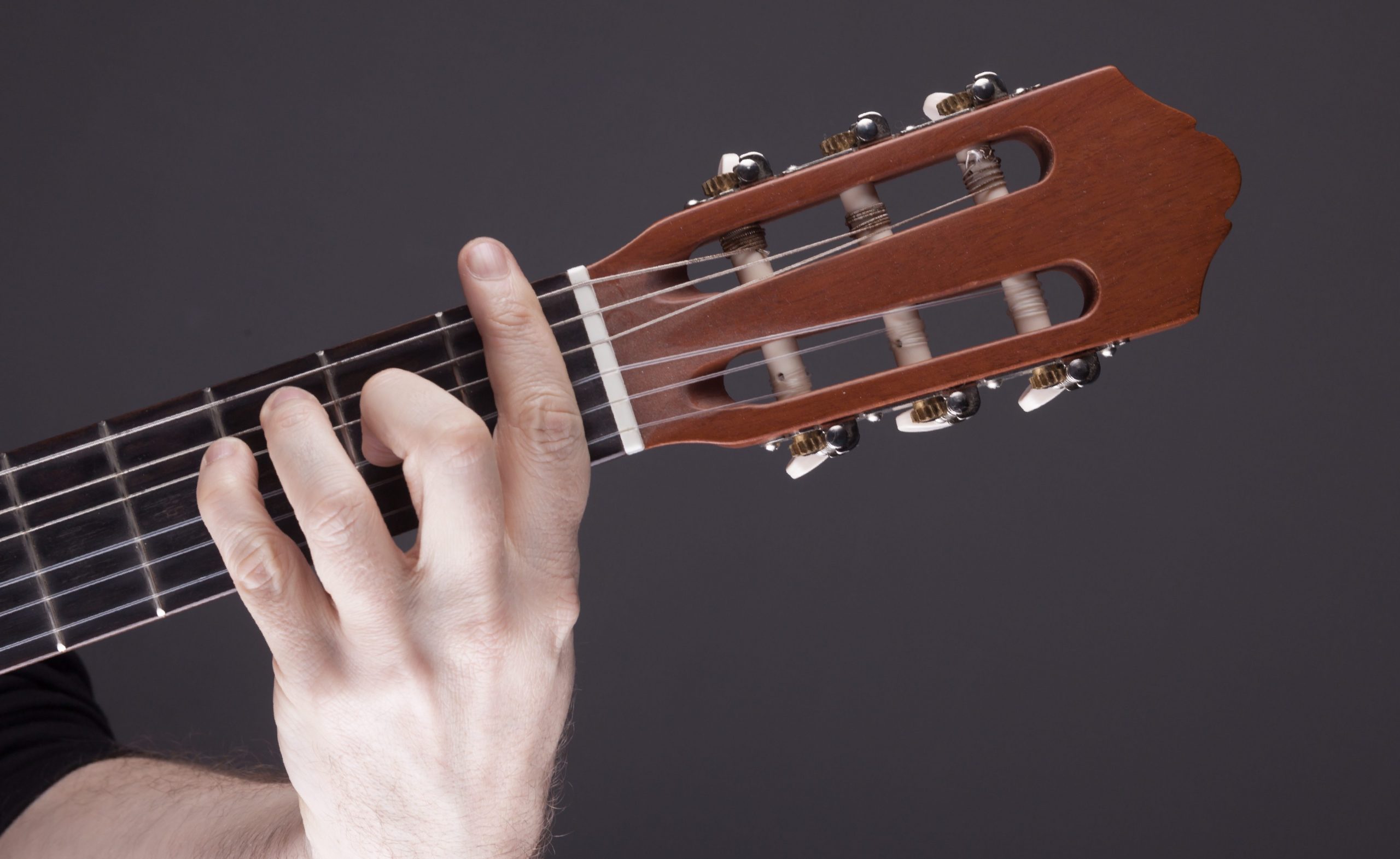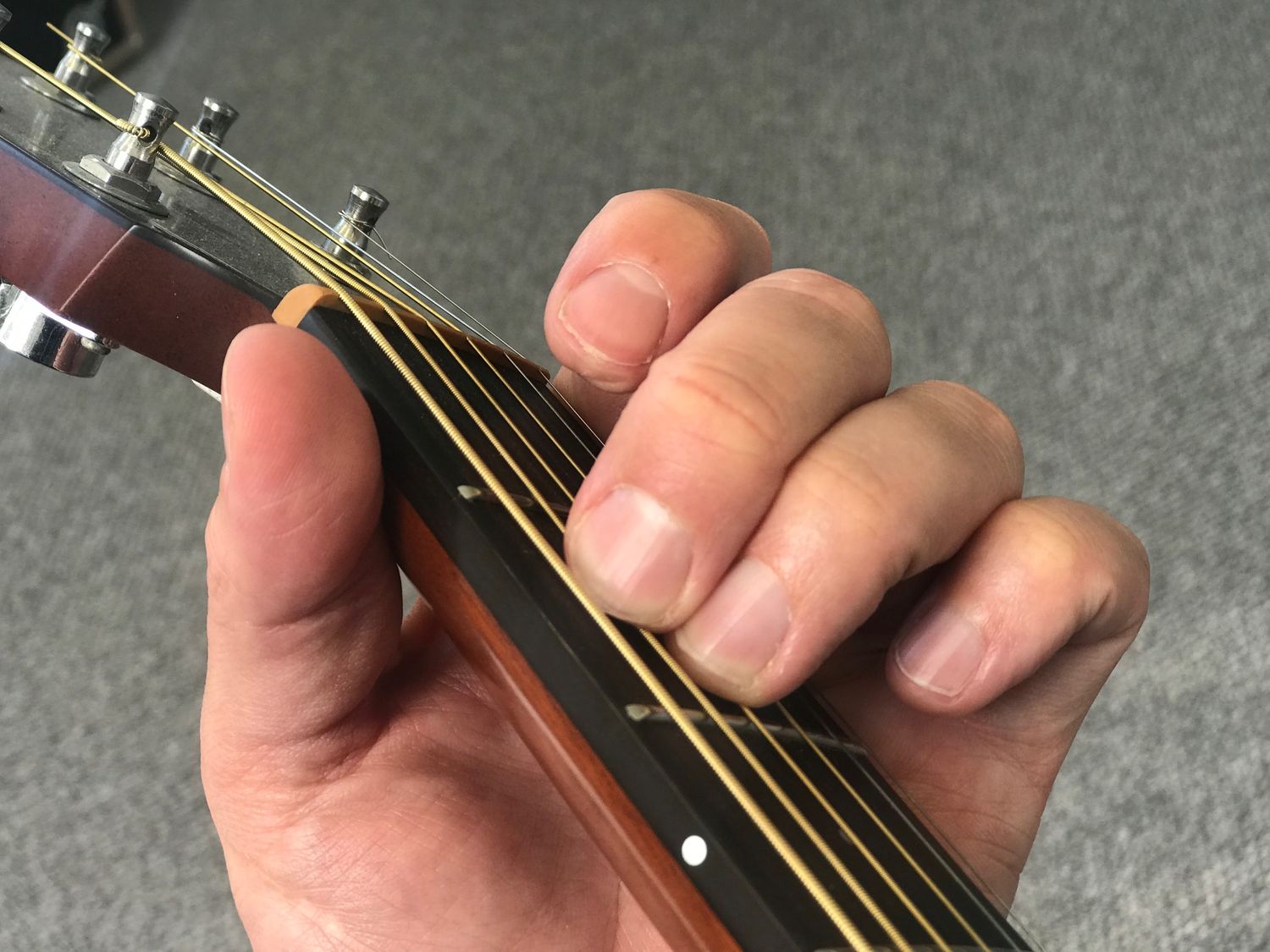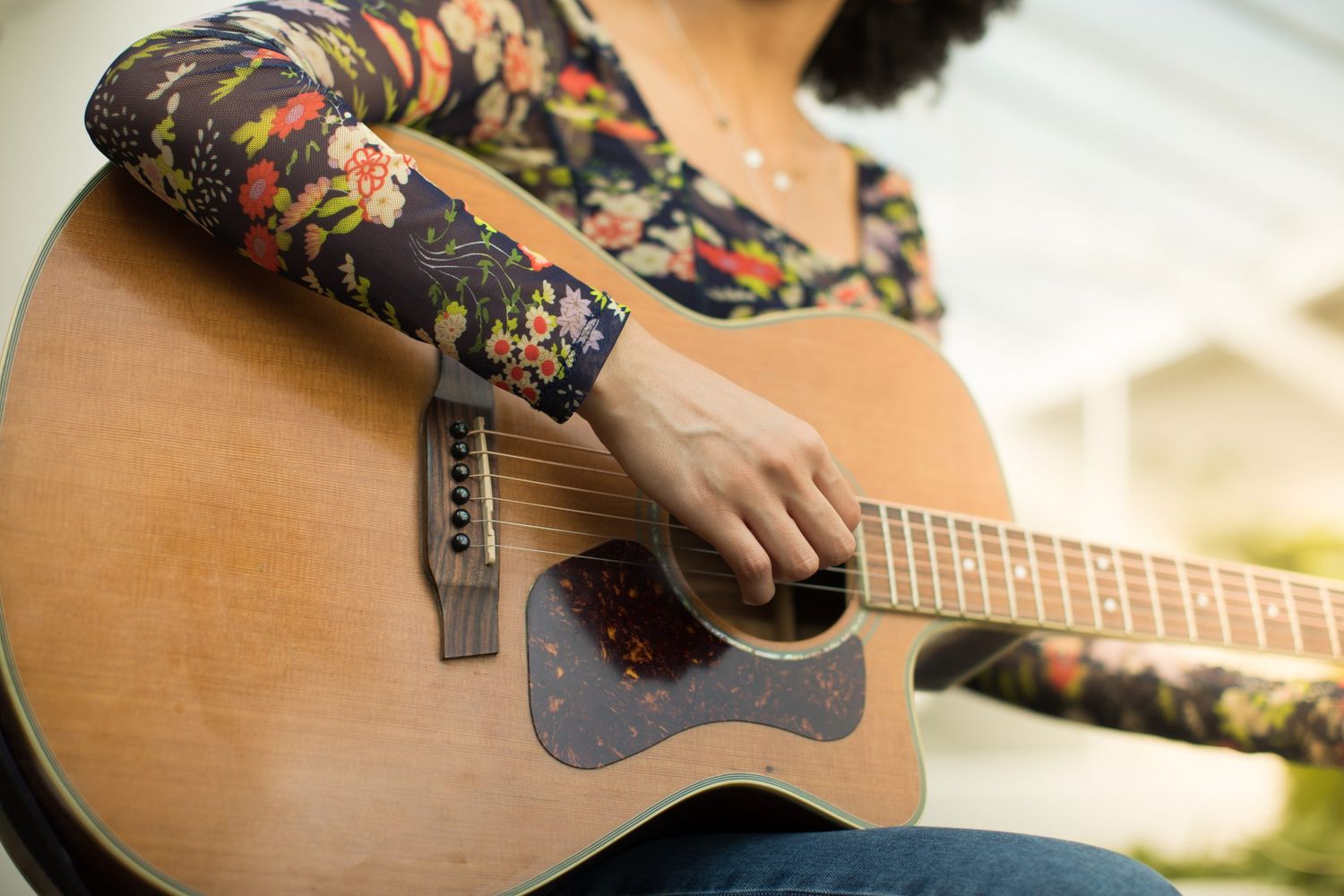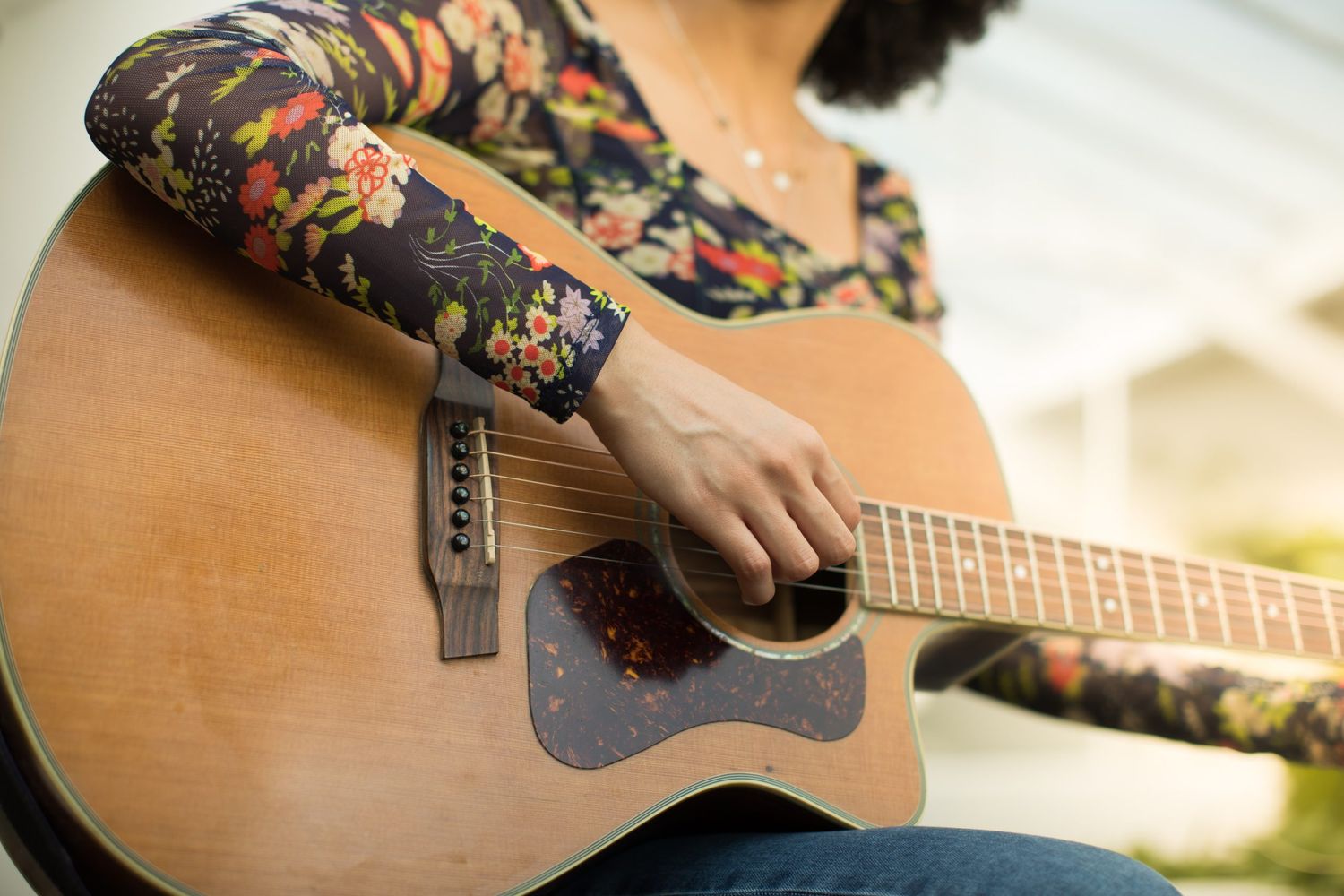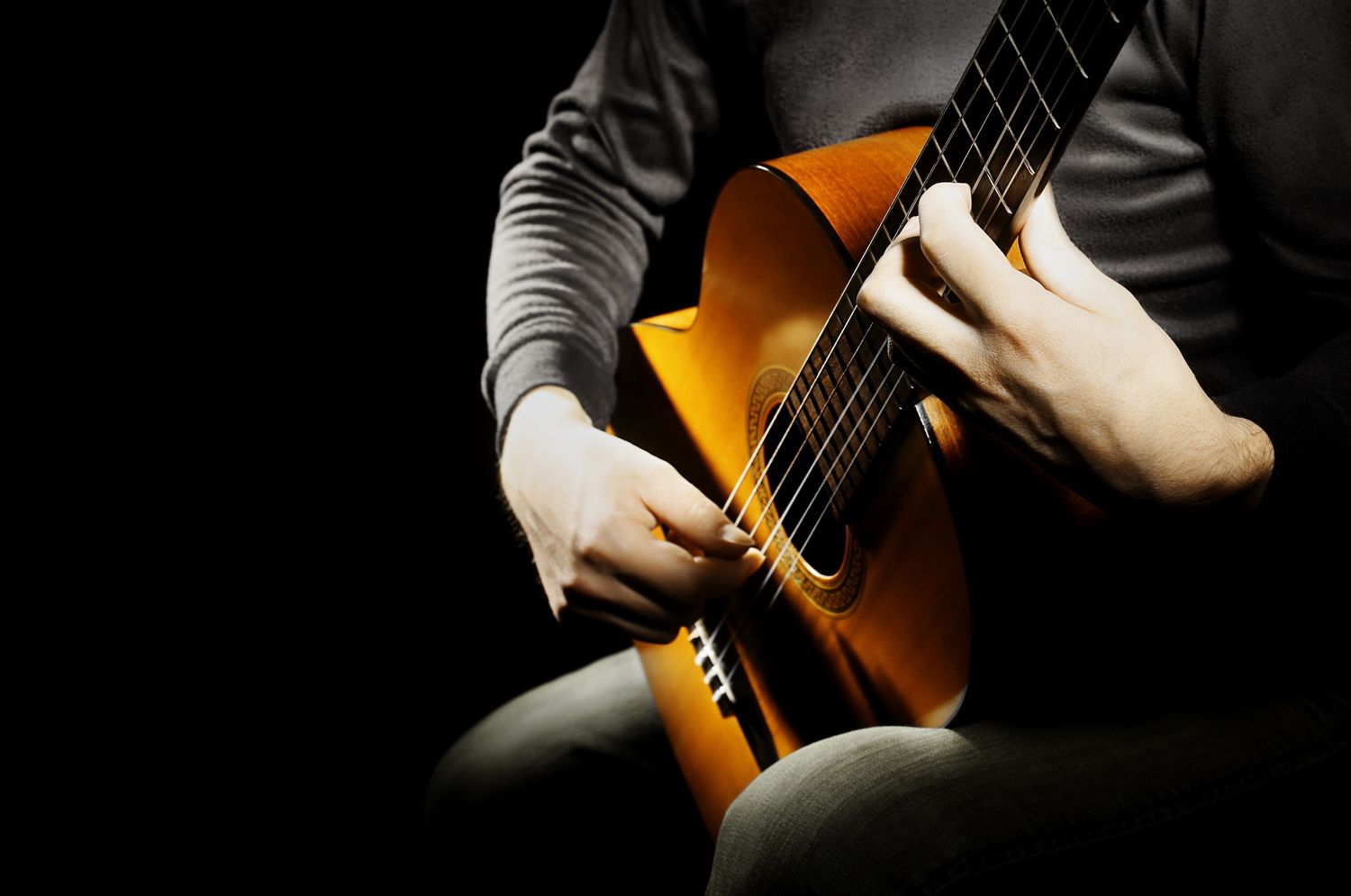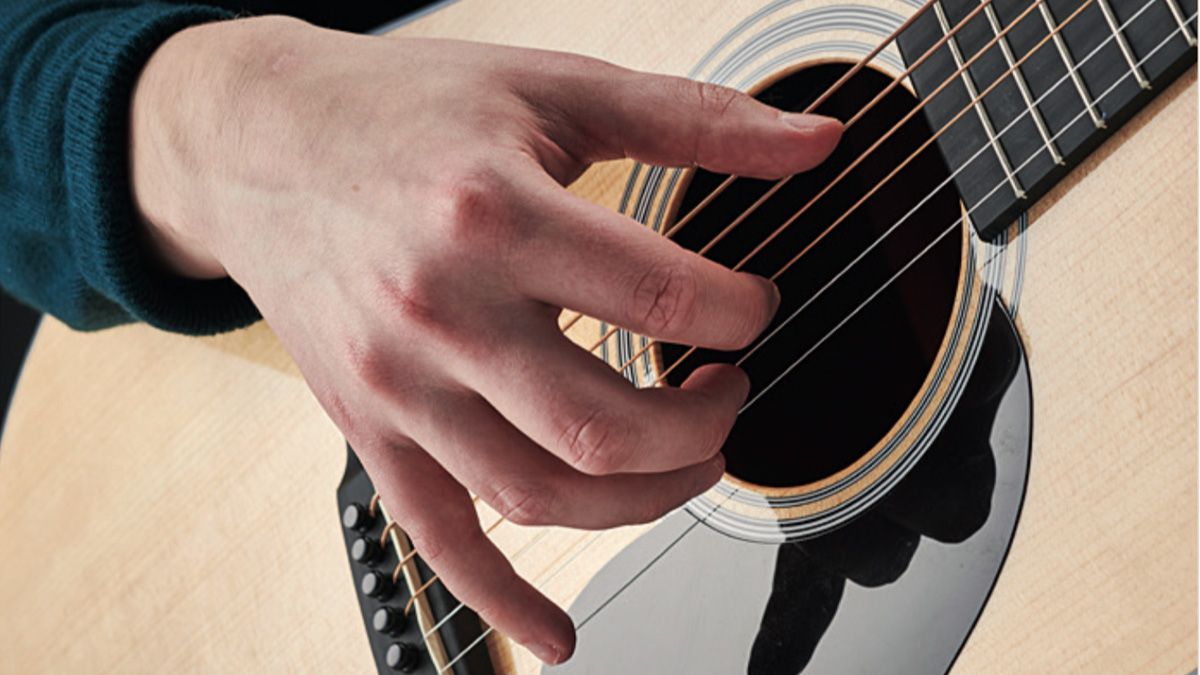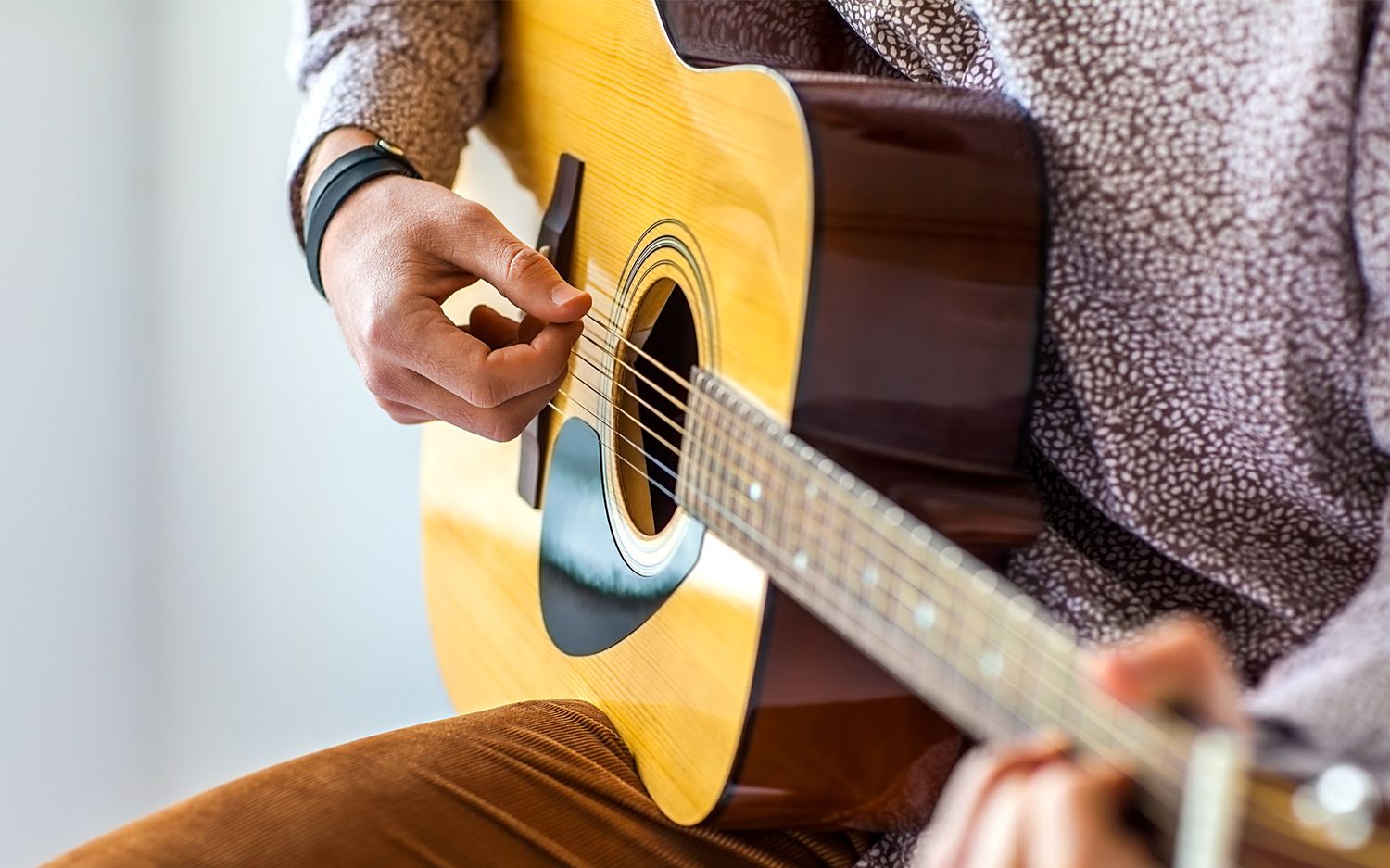Home>Instruments>Guitar>How To Play By Ear Guitar
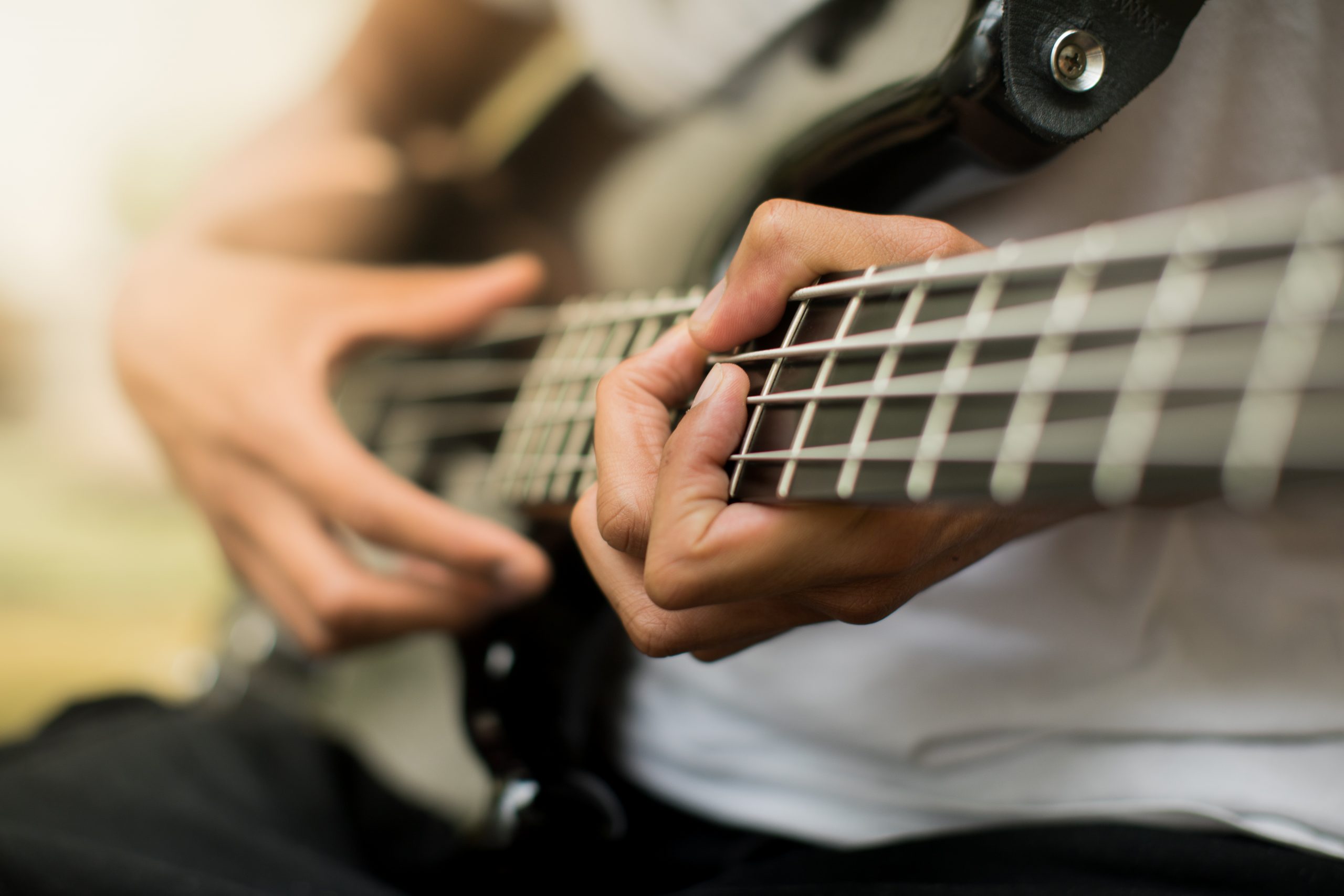

Guitar
How To Play By Ear Guitar
Published: February 13, 2024
Learn how to play guitar by ear with our step-by-step guide. Master chord progressions, scales, and techniques to enhance your musical skills. Start playing by ear today!
(Many of the links in this article redirect to a specific reviewed product. Your purchase of these products through affiliate links helps to generate commission for AudioLover.com, at no extra cost. Learn more)
Table of Contents
- Unlocking the Mysteries of Playing Guitar By Ear
- Building a Strong Foundation for Playing by Ear
- Honing Your Auditory Perception for Musical Mastery
- Essential Building Blocks for Playing by Ear
- Fostering Spontaneous Musical Expression
- Guidance for Navigating the Melodic Landscape
- Embarking on a Harmonious Journey
Introduction
Unlocking the Mysteries of Playing Guitar By Ear
Learning to play the guitar by ear is a remarkable skill that allows musicians to interpret and reproduce music without the need for sheet music or tablature. It involves understanding the nuances of melody, harmony, and rhythm, and translating them into captivating sounds through the strings of the guitar. Whether you are a beginner or an experienced guitarist, the ability to play by ear opens up a world of musical possibilities and creative expression.
Playing by ear is not only a valuable skill for guitarists, but it also fosters a deeper connection to music. It enables musicians to improvise, compose, and jam with other musicians seamlessly, leading to a more intuitive and gratifying musical experience. In this comprehensive guide, we will delve into the essential techniques and knowledge required to master the art of playing the guitar by ear. From understanding basic music theory to developing your ear and applying improvisation techniques, this guide will equip you with the tools needed to unlock the mysteries of playing guitar by ear.
Whether you aspire to strum along to your favorite songs, create your own compositions, or jam with fellow musicians, the ability to play by ear will undoubtedly enrich your musical journey. So, grab your guitar, tune your ears, and let's embark on this melodious adventure together.
Understanding Basic Music Theory
Building a Strong Foundation for Playing by Ear
Before diving into the realm of playing the guitar by ear, it’s crucial to grasp the fundamentals of music theory. While playing by ear often involves an intuitive understanding of music, a solid foundation in music theory provides a framework for interpreting and articulating musical elements effectively.
Begin by familiarizing yourself with the musical alphabet, which comprises the notes A, B, C, D, E, F, and G. Understanding the concept of whole steps and half steps is essential, as these intervals form the building blocks of scales and chords. Additionally, acquaint yourself with the structure of major and minor scales, as well as the basic chord types such as major, minor, and dominant chords.
Furthermore, delve into the principles of rhythm, including note values, time signatures, and rhythmic patterns. This knowledge will enable you to internalize and reproduce rhythms accurately when playing by ear. Familiarizing yourself with musical notation and terminology, such as dynamics and articulations, will further enhance your musical vocabulary and comprehension.
While mastering music theory may seem daunting, it is an invaluable asset that empowers guitarists to dissect and interpret musical compositions with precision. By honing your understanding of basic music theory, you lay a sturdy groundwork for developing your ear and navigating the intricate melodies and harmonies that define playing the guitar by ear.
Embracing music theory not only equips you with the essential tools for playing by ear, but it also deepens your overall musical proficiency. As you embark on this journey, remember that a strong understanding of music theory serves as a guiding light, illuminating the path toward musical fluency and expressive guitar playing.
Developing Your Ear
Honing Your Auditory Perception for Musical Mastery
Developing a keen ear is the cornerstone of playing the guitar by ear. It involves sharpening your auditory perception to recognize and internalize musical elements such as pitch, intervals, and chord progressions. Cultivating this skill empowers you to listen to a piece of music and translate it seamlessly onto your guitar fretboard, capturing the essence of the melody and harmony.
One effective way to enhance your ear is through active listening. Immerse yourself in a diverse range of musical genres and pay close attention to the interplay of instruments, the nuances of vocal melodies, and the emotional impact of chord progressions. As you listen, strive to identify the tonal characteristics of different scales and modes, and discern the emotional qualities they convey.
Ear training exercises are invaluable for refining your auditory acuity. These exercises may involve identifying intervals by ear, recognizing chord qualities, or transcribing melodies and solos. By consistently engaging in ear training activities, you gradually attune your ear to the intricacies of music, enabling you to decipher and reproduce musical passages with greater accuracy.
Additionally, playing along with recordings of songs and improvising over backing tracks can significantly contribute to ear development. This hands-on approach allows you to internalize the nuances of timing, phrasing, and expression, honing your ability to play by ear in real-time musical contexts.
Moreover, seeking feedback from fellow musicians or instructors can provide valuable insights into areas for improvement, guiding you on your journey to refine your ear. Embrace the process of developing your ear as a continuous and enriching endeavor, and celebrate the incremental progress you make along the way.
As you devote time and effort to developing your ear, you will witness a remarkable transformation in your musical perception and interpretation. The ability to discern and replicate musical nuances by ear will not only elevate your guitar playing but also deepen your appreciation for the art of music itself.
Learning Chords and Scales
Essential Building Blocks for Playing by Ear
Mastering chords and scales is pivotal to playing the guitar by ear, as these foundational elements form the harmonic and melodic landscape of music. By familiarizing yourself with a diverse array of chords and scales, you expand your musical vocabulary and cultivate the ability to identify and replicate these harmonic and melodic structures intuitively.
Begin by immersing yourself in the world of chords, starting with fundamental shapes such as major, minor, and dominant chords. Practice transitioning between these chords fluidly, internalizing their unique tonal characteristics and emotive qualities. As you progress, explore extended and altered chords, enriching your harmonic palette and broadening the sonic textures at your disposal.
Similarly, delving into scales is paramount for playing by ear. Familiarize yourself with major and minor scales across the fretboard, internalizing their distinct patterns and intervals. As you acquaint yourself with different scale modes, such as the Dorian, Mixolydian, and Aeolian modes, you expand your improvisational prowess and melodic interpretation.
Furthermore, delve into the realm of pentatonic and blues scales, which are ubiquitous in various musical genres. These versatile scales imbue your playing with expressive nuances and provide a solid foundation for improvisation and melodic exploration when playing by ear.
As you navigate the intricacies of chords and scales, integrate ear training into your practice routine. Play chord progressions and scale patterns while actively listening to the tonal relationships and emotional resonance they convey. This immersive approach fosters a deep understanding of how chords and scales interplay, enhancing your ability to identify and reproduce them by ear.
Embrace the journey of learning chords and scales as a transformative odyssey that enriches your musical dexterity and empowers you to articulate your musical ideas with fluency and conviction. By internalizing these essential building blocks, you lay a robust groundwork for playing the guitar by ear with confidence and creativity.
Improvisation Techniques
Fostering Spontaneous Musical Expression
Embracing improvisation is a hallmark of playing the guitar by ear, allowing musicians to unleash their creativity and spontaneity. By honing improvisation techniques, you cultivate the ability to craft compelling musical narratives on the fly, infusing your playing with a sense of freedom and individuality.
One fundamental aspect of improvisation is understanding the art of phrasing. Explore various rhythmic patterns and melodic motifs, and experiment with articulations such as slides, bends, and vibrato to imbue your improvisations with expressive nuances. Developing a keen sense of phrasing enables you to communicate emotive depth and musical storytelling through your improvised passages.
Furthermore, delve into the realm of modal improvisation, where you explore the unique tonal flavors of different modes within a given key. Whether it’s the ethereal sound of the Dorian mode or the enigmatic allure of the Phrygian mode, integrating modal improvisation into your playing expands your sonic palette and fosters a deeper understanding of tonal color and mood.
Exploration of scales and arpeggios forms the bedrock of improvisation techniques. As you navigate the fretboard, experiment with scale sequences, arpeggio patterns, and intervallic leaps, transcending the confines of predefined patterns to forge innovative melodic pathways. This adventurous spirit of exploration fuels your improvisational prowess and emboldens you to navigate uncharted musical terrain with confidence.
Moreover, cultivate an attentive ear during improvisation, listening intently to the interplay of notes and the harmonic context. By actively engaging with the musical backdrop, whether it’s a backing track or a live ensemble, you adapt and respond in real-time, weaving your musical expressions seamlessly into the fabric of the music.
Approach improvisation as a form of musical dialogue, where your guitar becomes a vessel for spontaneous communication and self-expression. Embrace the inherent unpredictability of improvisation, and revel in the joy of crafting melodies and solos that spring forth from the depths of your musical intuition.
As you immerse yourself in the art of improvisation, you unlock a boundless realm of sonic exploration, where every note becomes a brushstroke in the canvas of musical creation. Embrace the exhilarating journey of improvisation, and let your guitar become a conduit for unrestrained musical expression.
Tips for Playing By Ear
Guidance for Navigating the Melodic Landscape
Playing the guitar by ear is a skill that thrives on a blend of intuition, technical proficiency, and attentive listening. To embark on this musical odyssey with confidence and finesse, consider the following tips as guiding beacons illuminating your path to playing by ear mastery.
- Active Listening: Immerse yourself in a diverse array of musical genres and actively listen to the nuances of melodies, harmonies, and rhythms. Engage with music as a keen observer, discerning the interplay of musical elements and internalizing their emotional impact.
- Ear Training Exercises: Dedicate time to ear training activities, such as identifying intervals, recognizing chord progressions, and transcribing melodies. Consistent engagement in ear training sharpens your auditory perception and equips you with the tools to decipher and reproduce music by ear.
- Visualizing Fretboard Patterns: Develop a deep understanding of fretboard visualization, associating specific intervals, scales, and chord shapes with their corresponding fretboard positions. This visual mapping enhances your ability to translate musical ideas onto the guitar intuitively.
- Transcribing Music: Challenge yourself to transcribe melodies, solos, and chord progressions from recordings. Transcription hones your listening skills, enriches your musical vocabulary, and provides firsthand insight into the nuances of playing by ear.
- Embracing Mistakes: View mistakes as stepping stones in your journey to playing by ear. Embrace the learning process, and allow room for experimentation and exploration. Every musical detour and stumble paves the way for growth and refinement.
- Collaborative Jamming: Engage in collaborative jam sessions with fellow musicians, where spontaneity and musical dialogue reign supreme. Jamming fosters adaptability and encourages you to respond intuitively to the musical cues of your fellow performers.
- Internalizing Rhythmic Patterns: Develop a keen sense of rhythmic intuition by internalizing diverse rhythmic patterns and grooves. Understanding the rhythmic underpinnings of music enhances your ability to play by ear within various rhythmic contexts.
- Exploring Diverse Genres: Venture into uncharted musical territories by exploring genres outside your comfort zone. Each genre presents unique melodic and harmonic conventions, broadening your musical palette and honing your adaptability in playing by ear.
By integrating these tips into your musical journey, you cultivate a holistic approach to playing the guitar by ear. Embrace the process with patience and curiosity, and celebrate the profound joy of translating the language of music directly from your heart to the strings of your guitar.
Conclusion
Embarking on a Harmonious Journey
As we conclude this immersive exploration of playing the guitar by ear, it’s evident that this musical endeavor transcends technical proficiency, encompassing a profound connection to the art of music itself. The ability to play by ear is a testament to the symbiotic relationship between intuition, knowledge, and creative expression, weaving a tapestry of melodies and harmonies that resonate with the soul.
Throughout this guide, we’ve navigated the essential pillars of playing by ear, from understanding basic music theory and developing a keen ear to mastering chords, scales, and improvisation techniques. Each facet of this journey contributes to the holistic tapestry of musical fluency, empowering you to interpret, improvise, and compose with an innate understanding of the melodic language.
Playing the guitar by ear is a testament to the symbiotic relationship between intuition, knowledge, and creative expression, weaving a tapestry of melodies and harmonies that resonate with the soul.
As you continue to hone your craft, remember that playing by ear is a dynamic and ever-evolving process. Embrace the joy of musical discovery, celebrate the nuances of each note, and relish the moments of spontaneous musical revelation. Whether you’re strumming the heartfelt chords of a ballad, embarking on an improvisational journey, or transcribing a captivating melody, playing by ear invites you to immerse yourself in the boundless realm of musical expression.
So, let your guitar be your compass as you navigate the melodic landscape, and let your ears be the guiding stars that illuminate the path ahead. Embrace the harmonious synergy between your musical intuition and the instrument in your hands, and revel in the transformative power of playing the guitar by ear.
May your musical odyssey be filled with resonant chords, captivating melodies, and the sheer delight of translating the language of music directly from your heart to the strings of your guitar. As you embark on this harmonious journey, may the melodies you play by ear echo with the boundless passion and creativity that define the essence of musical artistry.

